Firstly, I would like to thank IUSSTF and the University of Southern California for organizing the IUSSTF-Viterbi Program and for the continuous support which they provided, making our travel and stay comfortable. It was through this program that I got the opportunity to work at a top-level research university in the United States. The internship was an enriching experience for me in terms of exposure to high quality research in the field of Data Science and understanding U.S. work culture. I worked with Prof. Viktor Prasanna on the project titled 'Safer Connected Communities'. Specifically, I worked on crime modeling and prediction. We built a Linear regression model for crime data in Los Angeles, California. In order to improve prediction accuracy by feature addition, we used a couple of methods like DBSCAN clustering of grid cells, correlation between grid cells. However, these approaches failed to improve accuracy on our dataset. We designed a naive grid clustering algorithm. In order to compare our prediction results with uniform grid cell model, we devised a new police resource allocation metric. This metric was devised because current metrics such as Area Under Curve (AUC), Root Mean Square Error (RMSE) and Weighted Absolute Percentage Error (WAPE) were found to be lacking in comparing prediction accuracy across models with different grid structure.
Along with working in the labs on weekdays, our group of around 20 interns had a wonderful time together on weekends. We visited nearby places such as Universal Studios, Hollywood, Malibu and downtown Los Angeles. I would definitely recommend students from Indian Universities to consider this internship opportunity.
IUSSTF-Viterbi Program
Webpage: https://www.iusstf.org/program/iusstf-viterbi-program
E-mail:viterbi-india@indousstf.org
Khorana Program for Scholars
Dolly Jain
Dr. B.R. Ambedkar Centre for Biomedical Research, University of Delhi
“E ventually, everything will fall into its place.” This is exactly what happened with me. Being a biomedical science student, I always wanted to work on something that would ultimately improve public health, but I didn’t know whether research is what I want to pursue or not. The Khorana Program gave me this opportunity to explore my interests in biological research. Getting selected for this fellowship program was itself a big win for me, but there were still a lot of hurdles to cross. To start with, finding a good lab that matches your interests and getting acceptance from host mentor was stressful initially, but all this was worth it in the end. I found myself lucky enough to be given a chance to work in Prof Daniel Klionsky’s lab (University of Michigan). Next in line was getting your visa done, seeing my fellow scholars having their visa on hold for weeks made me a bit scared and nervous. Fortunately, it went smoothly, and I landed in the U.S. with a lot excitement and nervousness too. Coming with another scholar (Chesta Jain) didn’t make me feel that I am alone, which was like a cherry on the cake.
“You never get to know the real thing until you are into it.” This sums up my whole research experience in the lab. Finding unfamiliar faces everywhere, a Khorana Scholar 2015 (Vikramjit Lahiri) came to my rescue who was supervising me on my project. He is more of a friend than a teacher and treated me like a family member. I adjusted very well in the lab but what was tougher was making my strains work and I couldn’t start my work until I have my strains happy and healthy. It took me almost a month to prepare my yeast strains. I remember what a relief it was, to finally start with my ride. However, when you plan to go right, life (in my case, my yeast cells) takes you left! But this is what research is all about, a negative result or something different from what you expect is itself a positive result. Though, this was stressful, it got me engrossed so much into my project that I loved every bit of it, be it a negative result or no results at all. Vikramjit and all the lab members made me realize that science and research is so much fun. I am grateful to them for being so helpful and amazing. And I can’t thank Dan (my mentor) enough for having me there and giving me a chance to learn and gain some experience in his lab.
In my remaining time, I ventured out to explore few beautiful places around – Riverwalk (Detroit), skyline of Chicago and Ann Arbor, where I spent my summer is prettiest of all with so many events happening all around the campus. The best part was to get to interact with completely different people from all over the world and knowing about their culture. These ten weeks went by so fast that I didn’t realise that its time to go back with so many memories to take along with me. I learnt so much on a professional as well as personal level. Overall, it was a roller coaster ride with the experience of a lifetime.
Khorana Program for Scholars
Webpage: https://www.iusstf.org/program/khorana-program-for-scholars
E-mail: scholar@indousstf.org
Bhaskara Advanced Solar Energy (BASE) Fellowship Program
Suchismita Mitra
Chaibasa Engineering College, Kelende, Jharkhand
I am immensely grateful to IUSSTF for providing me this wonderful opportunity for the experience as a BASE intern in the United States. I had got an instant reply from Dr. Stuart Bowden (Research Professor, Co-Director Solar Power Laboratory) for an internship at the Solar Power Lab at Arizona State University when I requested him for letter of support for my BASE application. Once in Arizona State University, I received help from each and every faculty member and scholar there. I was amazed how easily I could convey my ideas about my work to the crystalline silicon solar cell group. I was a part of their weekly group meeting where progress of work was discussed and I was treated one of them,although I was there only for three months. I was given exclusive laboratory training on the operation of various instruments and was also involved in the complete process of fabrication of Passivated Emitter Rear Contact (PERC) cells. As a part of the BASE internship, I was also encouraged to visit other laboratories in the field of photovoltaics. I took this opportunity to visit National Renewable Energy Laboratory in Colorado and met Dr. Pauls Stradins who arranged for a complete tour of fabrication labs. Overall, it was a very gratifying professional as well as personal experience for me.
.jpg)
Bhaskara Advanced Solar Energy Fellowship (BASE) Program
Webpage: https://www.iusstf.org/program/bhaskara-advanced-solar-energy-fellowship
E-mail: energy.fellowship@indousstf.org

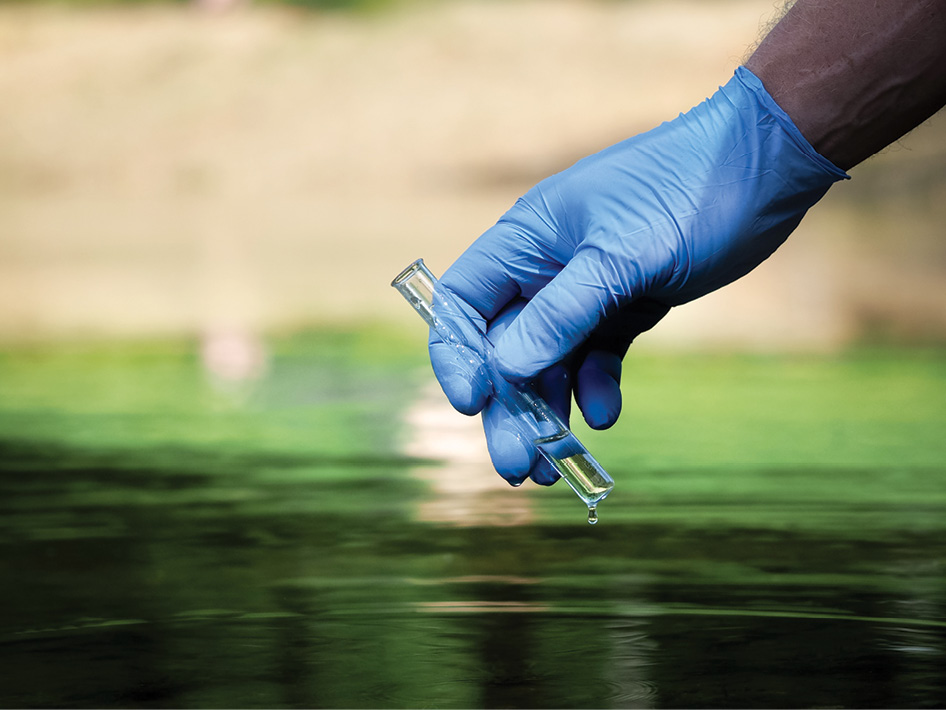
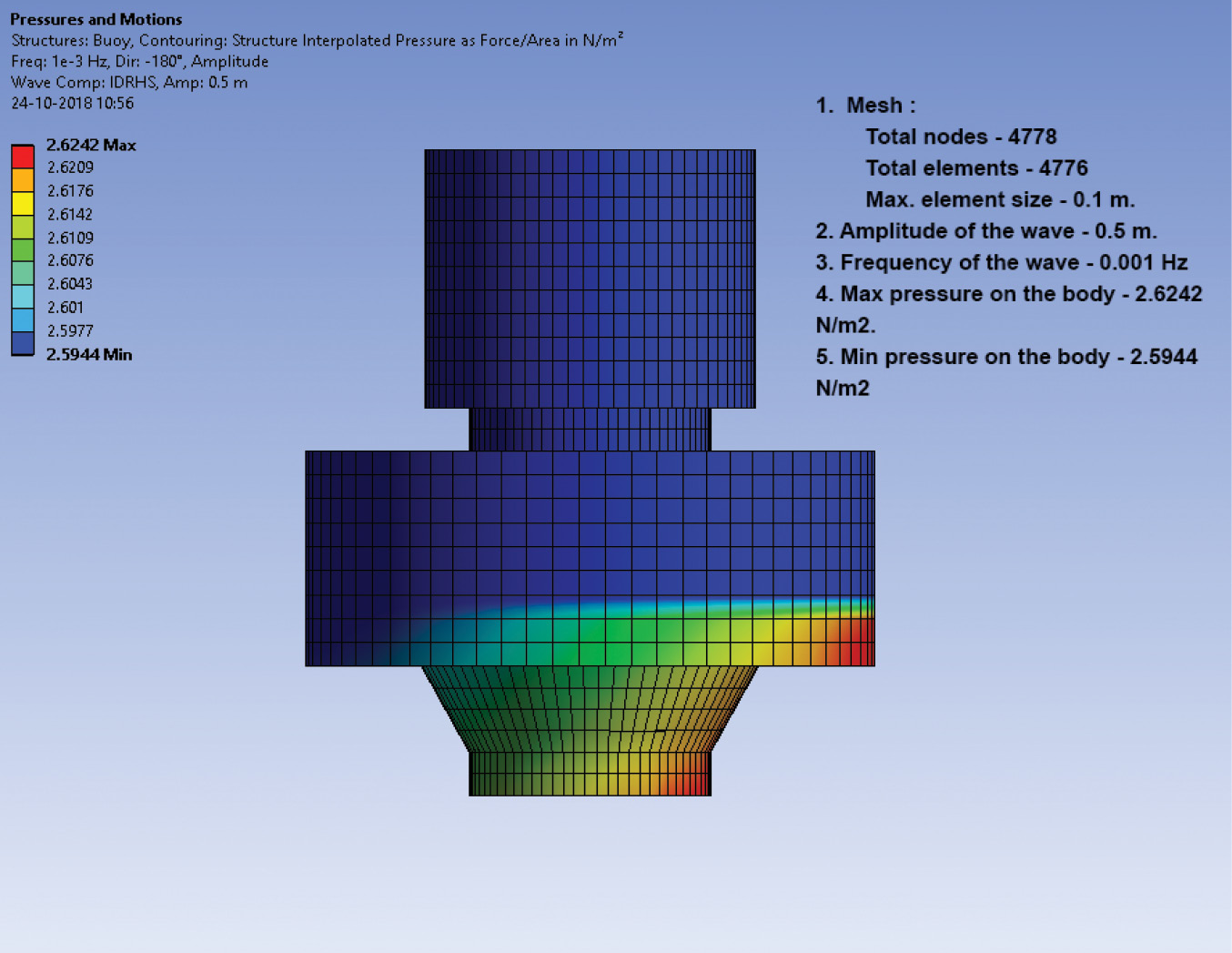
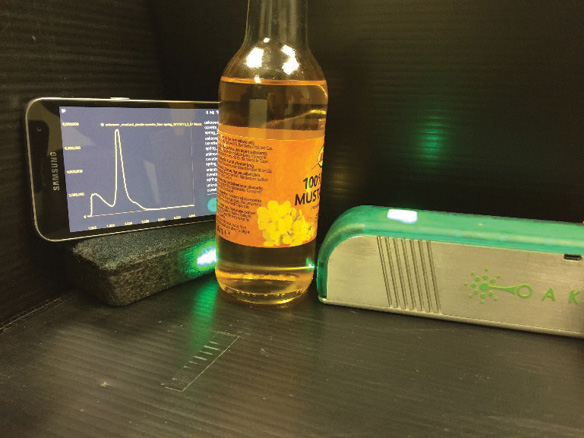
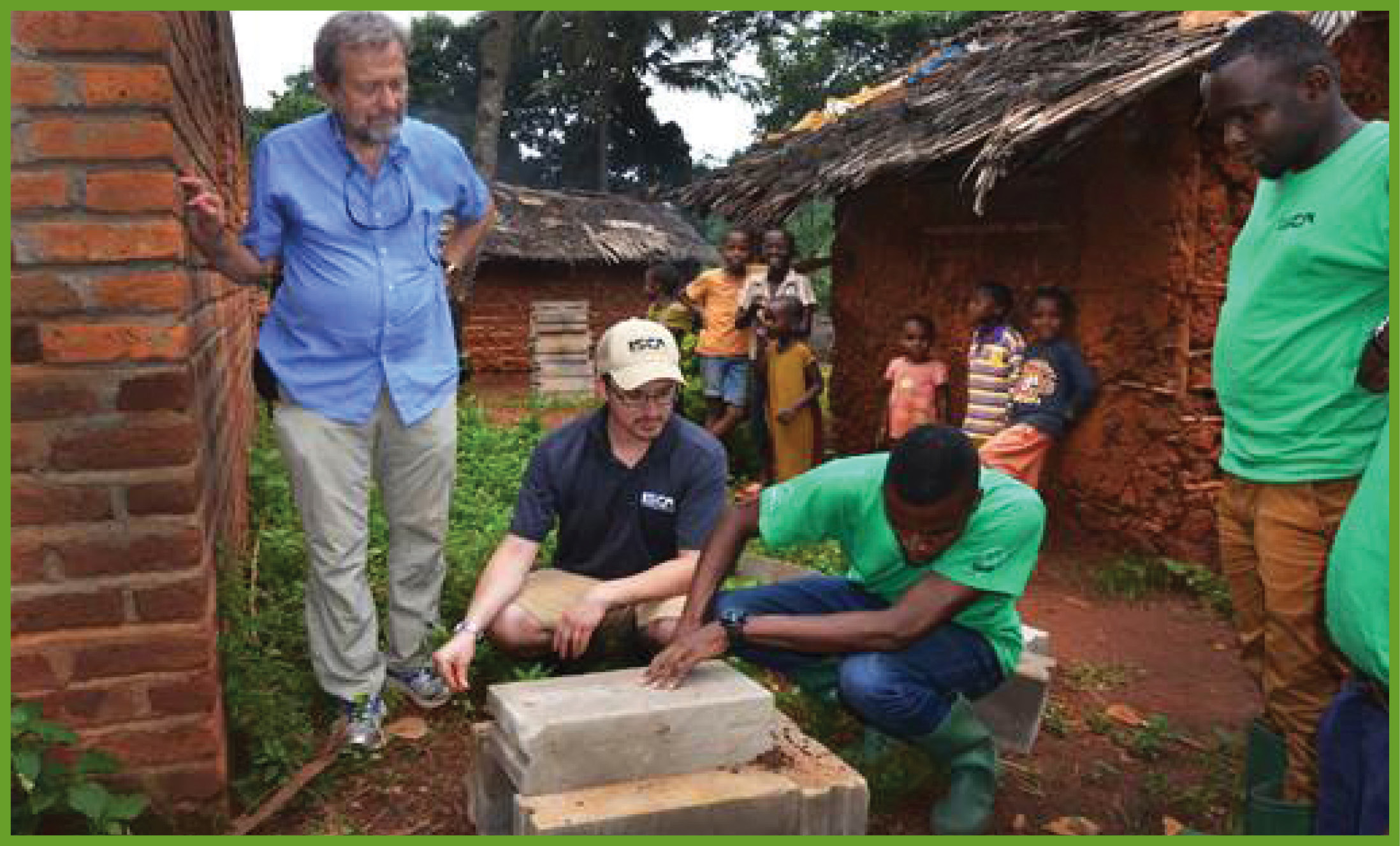




.jpg)
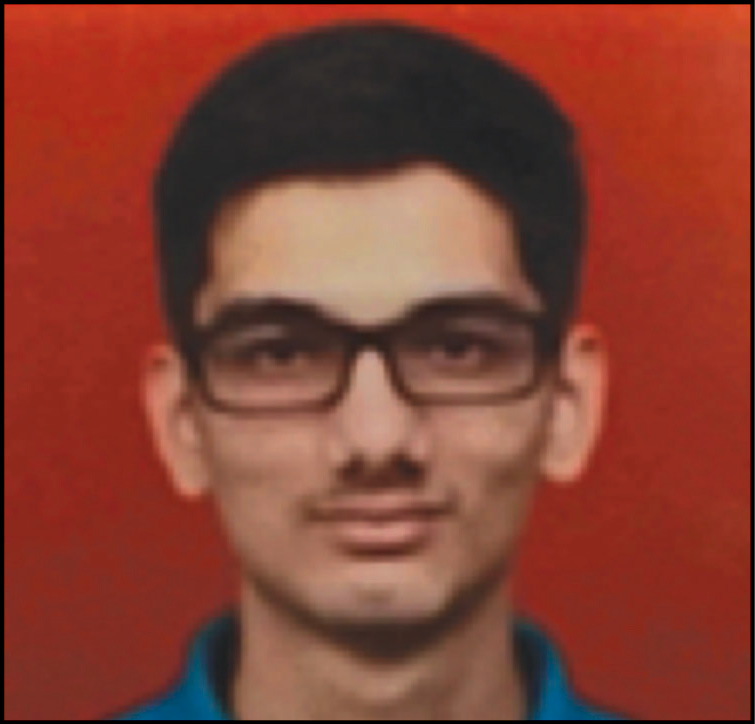
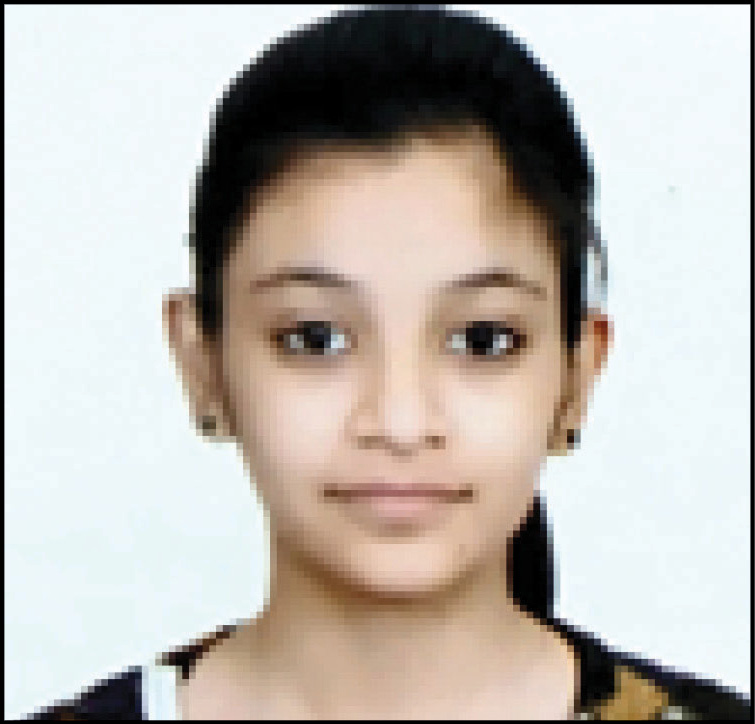
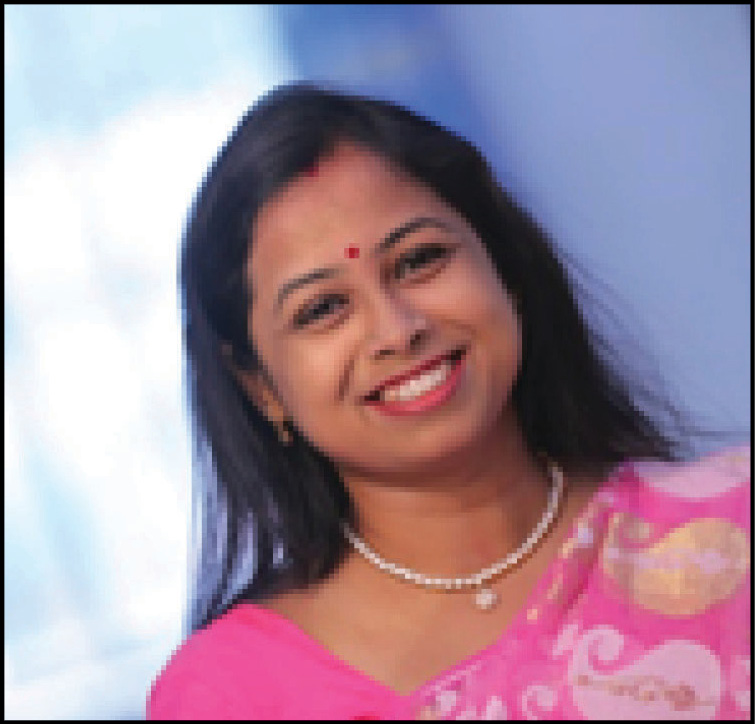
.jpg)